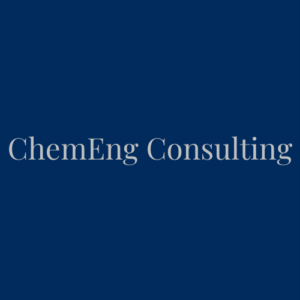Why is the Middle East Investing Heavily in Petrochemical Mega-Projects?
The Middle East has emerged as a global hub for petrochemical production, with countries in the region heavily investing in mega-projects to solidify their position in the global market. This strategic move is driven by regional advantages, evolving global market dynamics, and the pursuit of economic diversification. For chemical consultants and investors, understanding these trends is crucial to identifying opportunities in this rapidly growing sector.
Regional Advantages Driving Investment
The Middle East boasts several natural and strategic advantages that make it an ideal location for petrochemical mega-projects. The region is home to some of the world’s largest reserves of oil and natural gas, providing a cost-effective and abundant feedstock for petrochemical production. Additionally, its geographic location offers easy access to key markets in Asia, Europe, and Africa, reducing transportation costs and enhancing competitiveness.
Global Market Strategies
As global demand for petrochemical products continues to rise, the Middle East is positioning itself to capture a larger share of the market. By investing in state-of-the-art facilities and leveraging advanced technologies, the region aims to produce high-value petrochemical products such as polymers, ethylene, and propylene. These products are essential for industries ranging from packaging and automotive to construction and healthcare.
For instance, Saudi Arabia’s SABIC and the UAE’s ADNOC have launched ambitious projects to expand their petrochemical capacities. The Amiral Petrochemical Complex in Saudi Arabia and the Borouge 4 project in the UAE are prime examples of such investments, aimed at meeting growing global demand.
Economic Impacts and Diversification
Investing in petrochemical mega-projects is also a key component of the Middle East’s economic diversification strategies. Countries like Saudi Arabia, the UAE, and Qatar are reducing their reliance on oil exports by developing downstream industries. This shift not only creates jobs but also fosters innovation and technological advancement.
For example, Saudi Arabia’s Vision 2030 initiative emphasizes the development of the petrochemical sector as a cornerstone of its economic transformation. Similarly, the UAE’s Operation 300bn strategy aims to boost industrial output, with petrochemicals playing a central role.
Examples of Major Projects
- Amiral Petrochemical Complex, Saudi Arabia: A joint venture between SABIC and TotalEnergies, this project aims to produce 1.5 million tons of ethylene annually.
- Borouge 4, UAE: ADNOC’s expansion project will increase polyolefin production capacity by 1.4 million tons per year.
- Ras Laffan Petrochemical Complex, Qatar: A $6 billion project to produce 2.1 million tons of ethylene and other derivatives annually.
